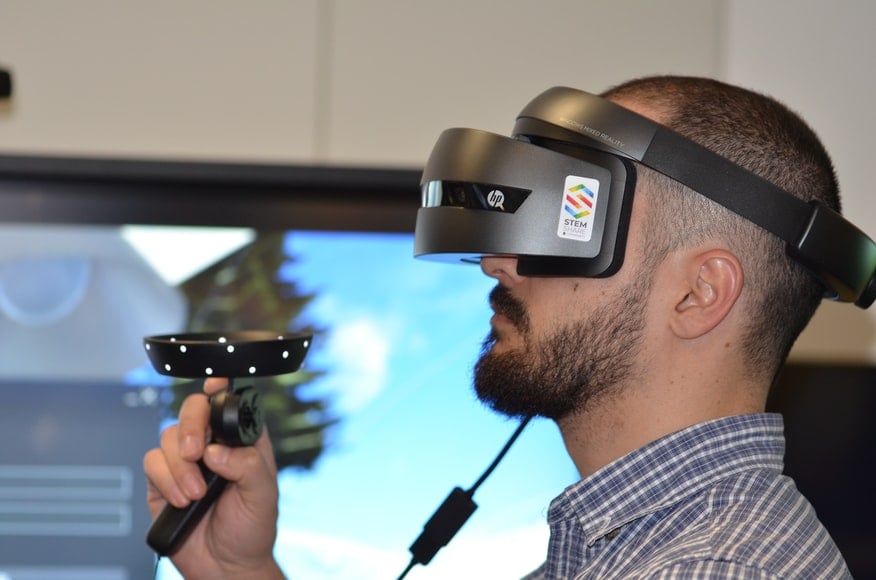
The internet is considered one of the most important innovations of our times, on par with taming fire and the invention of the wheel. It is a tool with incredible uses, from sharing information across continents to keeping in touch with loved ones without any boundaries. It makes many things possible, from casual games like the ones at https://www.ignitioncasino.eu/casino/slots to massive online events, as the experience of the last couple of years has shown us. And the internet is on the brink of an evolutionary jump: the creation of the Metaverse.
While most people think of the “Metaverse” as a huge deal involving vast virtual worlds and millions of concurrent users sharing the same digital reality, things don’t have to be this grandiose. There are metaverses in use already, platforms that fit the definition - think Roblox, for example, where everything is happening in a browser window. And this shows that WebRTC will have an important role to play in the development of the next generation of internet applications as well.
The same basic uses
While a Metaverse may seem like something right out of a science fiction story - most notably “Ready Player One” but “Snow Crash”, Neil Stevenson's 1982 novel where the term was actually coined, also comes to mind, but behind it, you find basically the same protocols and technologies that are widely used today, WebRTC included.
Metaverse users will have the same basic needs that WebRTC can take care of today: real-time communication through voice or even video.
The audio challenge
If we imagine the metaverse as a next-gen social network, it’s safe to assume most users won’t use their real faces when communicating with their peers - most of them will stick to voice, while “wearing” their avatars. When there’s a casual conversation, a few glitches like echo or lags are not that big of a problem - annoying as they may be, most users learn to live with them.
But the modern Metaverse, at least the one imagined by Meta, will be more than just that: it wants to become a platform for business AND leisure in one. And with this comes the need for flawless audio.
Imagine company representatives gathering in a virtual room to discuss a merger, for example. For this, the audio needs to be crystal clear, and free of any glitches. Also, if the platform is to serve as a serious alternative to flying halfway across the world and gathering in a conference room, it has to be totally immersive and lifelike as well - this includes spatial audio, the better handling of overlapping speech, and all the environmental noises that surround us.
WebRTC can make a difference
WebRTC can become a vital set of protocols for the development of the metaverse thanks to features it already offers, from its Secure RTP protocol to its platform independence. But it will need to improve in a few key areas to offer an experience as natural and immersive as possible.